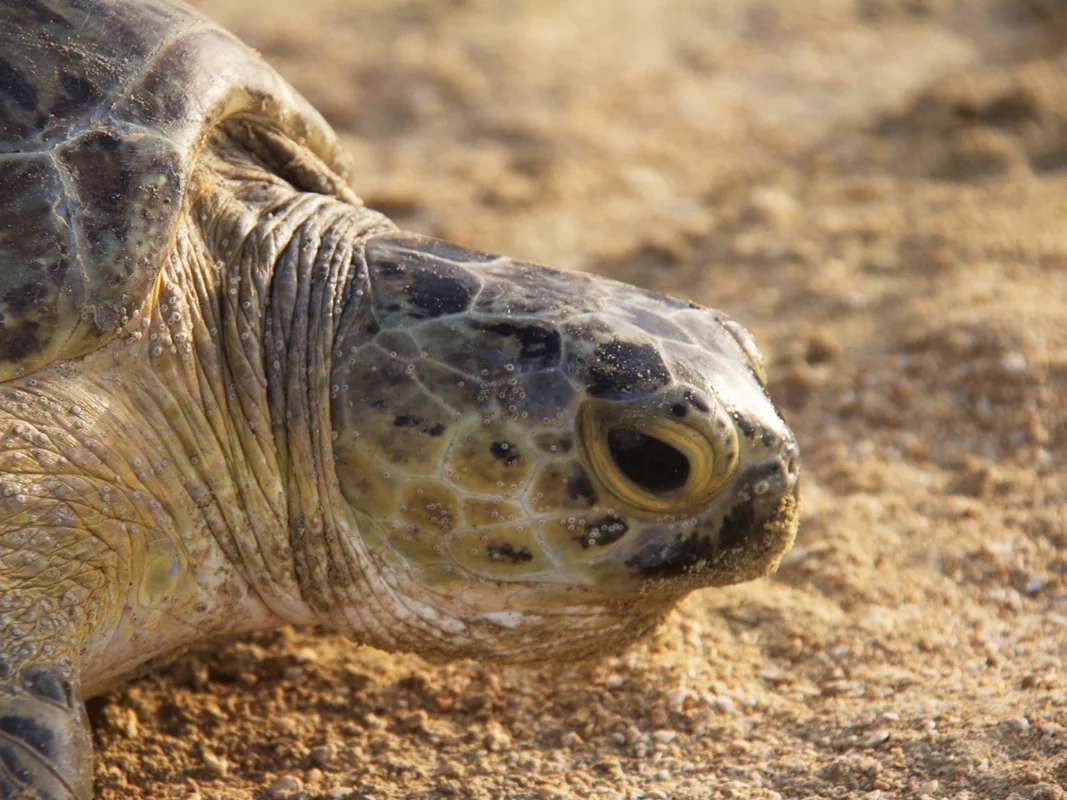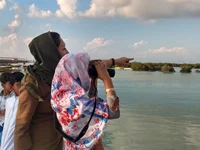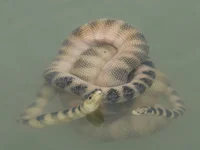Investigating feeding ecology of green turtles
Duration: 2013 – 2016
Type: Research
Taxon: Sea turtles
QECI's Role: Lead Investigator
The green turtle is the only herbivorous sea turtle species. This species alongside hawksbill turtles are the dominant turtle species in the Persian Gulf. Although main breeding activities of green turtles inside the Gulf are limited to about one thousand females nesting on Jana and Karan Islands in the western Persian Gulf, foraging green turtles from all age classes are well widespread through the entire Persian Gulf.
- A sandy-rocky shore in the south of Qeshm Island with relatively limited marine plant resources. Except during spring low tides, this habitat is submerged, providing feeding grounds for green turtles, widespread mega-herbivores of the Persian Gulf. However, such these food-poor habitats are occupied mostly by small post-pelagic juvenile green turtles, in contrast of abundant seagrass pastures of southern Persian Gulf, where host large sub-adult and adult turtles.
Between 2013 and 2016, we collected green turtles from arrow-head fixed fishing traps surrounding Qeshm Island, and flushed out particles of the recently ingested foods from their esophageal region. The samples were then carefully examined in the laboratory to identify food items consumed by the turtles.
- Based on their cell and tissue morphology, tiny pieces of recently ingested vegetable food items flushed out from esophageal region of a green turtle could be identified to the genus and species levels.
We learned that juvenile green turtles foraging around Qeshm Island have an algal-based dietary regime. We also found that individual dietary niche variation, and size-based habitat segregation allow green turtles to overcome nutritional challenges within these relatively food-poor habitats.
 Publication:
Publication:
(Click HERE to read the below article online)
Feeding ecology of juvenile green turtles in food-poor habitats of the Persian Gulf




